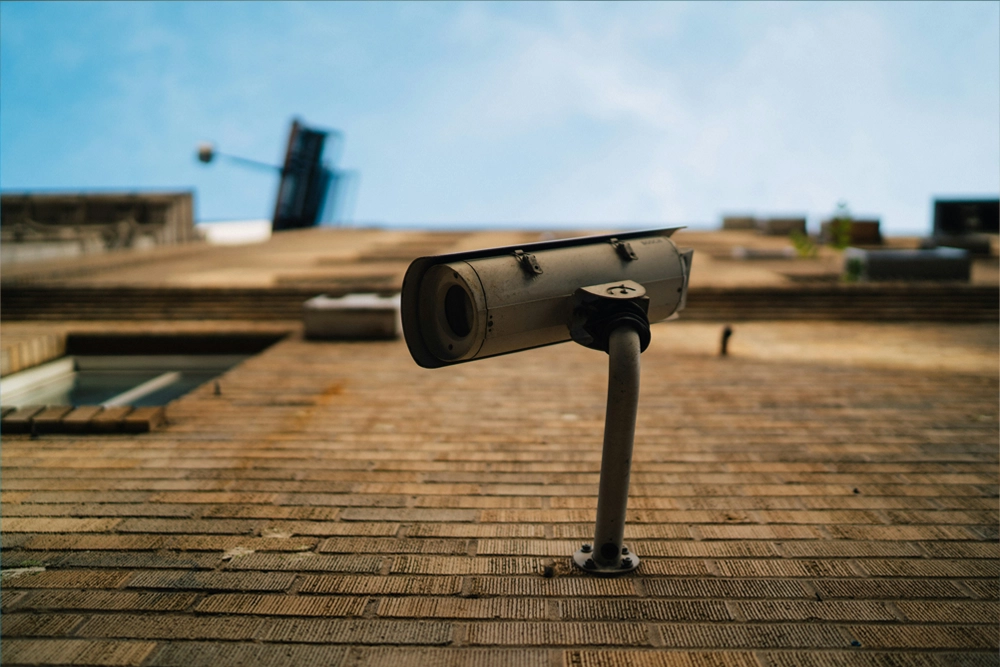
In today’s world, where technology evolves at an unprecedented pace, smart security cameras have emerged as a pivotal innovation in the realm of surveillance. Gone are the days of grainy footage and cumbersome monitoring systems. With advancements in artificial intelligence (AI), cloud computing, and the Internet of Things (IoT), smart security cameras are not only enhancing security but also reshaping how we perceive and utilize surveillance.
The Evolution of Security Cameras
Traditional security cameras primarily served as passive recording devices, capturing footage for later review. However, this approach had limitations, including the need for manual monitoring and an inability to provide real-time alerts. The introduction of smart technology revolutionized this field by integrating intelligence into the system. Modern security cameras now feature high-definition video, night vision, motion detection, and even facial recognition capabilities.
Key Features of Smart Security Cameras
- AI-Powered Analytics Smart cameras leverage AI to identify and classify objects, recognize faces, and even detect unusual activity. This reduces false alarms and ensures that users receive meaningful alerts.
- Real-Time Monitoring and Alerts With mobile app integration, users can monitor live feeds from anywhere in the world. Instant notifications keep users informed about any suspicious activity.
- Cloud Storage and Remote Access Unlike traditional systems that rely on local storage, smart cameras often utilize cloud-based storage, ensuring footage is secure and accessible. This feature also enables seamless sharing of recordings when needed.
- Integration with Smart Home Systems Many smart cameras can connect to other IoT devices, such as smart locks, lights, and alarms, creating a cohesive and automated security ecosystem.
- Privacy and Data Security Advanced encryption protocols ensure that data remains secure. Some cameras also offer privacy modes that disable recording when not needed.
Applications Beyond Security
While the primary purpose of smart cameras is security, their applications extend beyond traditional surveillance. They are now used in:
- Retail: Monitoring customer behavior to improve store layouts and enhance shopping experiences.
- Healthcare: Ensuring patient safety in hospitals and elderly care facilities.
- Traffic Management: Monitoring traffic flow and detecting violations in real-time.
Challenges and Concerns
Despite their advantages, smart security cameras are not without challenges. Privacy concerns remain a significant issue, as continuous monitoring can infringe on individual rights. Additionally, reliance on cloud storage raises questions about data security and potential cyberattacks. Manufacturers must prioritize transparency and robust security measures to address these concerns.
The Future of Surveillance
The future of smart security cameras is promising, with emerging technologies like 5G, edge computing, and advanced AI poised to take surveillance to new heights. These innovations will enable faster processing, improved accuracy, and greater accessibility. Furthermore, as these systems become more affordable, they will likely see increased adoption in residential and small business settings.
Conclusion
Smart security cameras are transforming the landscape of surveillance, offering unparalleled features and convenience. While challenges such as privacy and data security need to be addressed, the potential benefits far outweigh the drawbacks. As technology continues to advance, smart cameras will undoubtedly play a crucial role in shaping a safer and more connected world.
As technology continues to advance, smart cameras will undoubtedly play a crucial role in shaping a safer and more connected world.